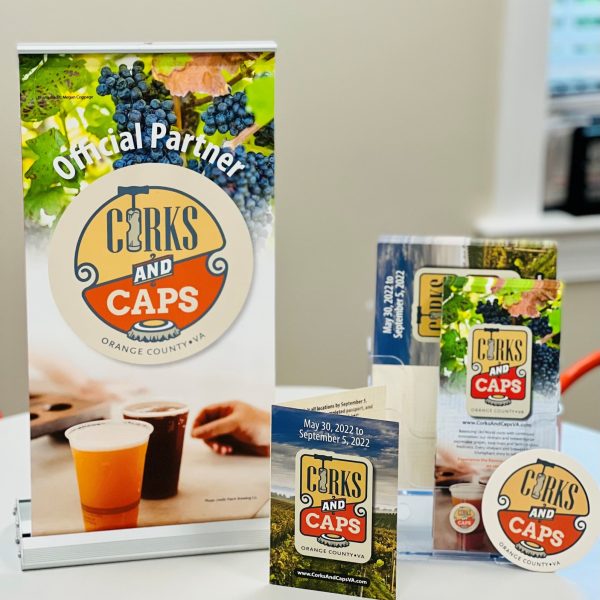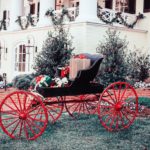The Story of Battleship – An American Racehorse
It’s a thoroughly American story. Undersized. Underestimated. Unbelievable.
In 1938, Battleship, the 11-year-old son of America’s most famous racehorse—Man o’ War—shocked the racing world when he won the British Grand National Steeplechase at the Aintree Course in Liverpool.
The dramatic victory was a testament to the collective determination of the horse, its owner and its jockey.
Battleship had been a moderately successful flat racing horse when Marion duPont Scott purchased him in 1931 for $12,000 (approximately $250,000 in today’s dollars). At the time she bought him, the four-year-old chestnut stallion was lame. But soon she found the former flat-track horse was a good jumper for his size and a courageous racer. By 1933, Battleship won three of four steeplechase races he entered and a year later won four of six races, including the American Grand National.
In 1936, Mrs. Scott sent Battleship to England to train with Reginal Hobbs to compete in the British Grand National. Hobbs helped the horse overcome a bowed tendon—an injury that could have ended his career—to win a handful of races in advance of the 1937 Grand National. Still, Hobbs didn’t think Battleship was ready for the premier steeplechase event and convinced Mrs. Scott he shouldn’t run. The following March, Hobbs still wasn’t confident in Battleship’s prospects, particularly given his small stature (15.2 hands) in comparison to the other steeplechase steeds. But Mrs. Scott was undeterred; she insisted Hobbs enter Battleship in the Grand National.
Hobbs had other worries as well. His 17-year-old son, Bruce, had ridden Battleship in each of his races in England, but the young jockey had multiple offers in the 1938 event—including the favorite—Royal Danieli. Again, Mrs. Scott would not be denied insisting Bruce ride Battleship by paying him double what he was being offered to ride the other mounts.
More than three dozen horses started the nearly four-and-a-half-mile, 30-jump Aintree Course in 1938 but only 13 finished. Hobbs nearly fell off during an awkward jump in the first circuit, but a nearby jockey pulled him back into the saddle amid the landing and the race continued.
As they neared the finish, Battleship caught the final jump at the wrong stride allowing Royal Danieli to pull ahead. Still, the American underdog made up ground along the final straight-away, chasing down the Irish favorite.
Amid the pre-photo finish and the ensuing fanfare, Mrs. Scott couldn’t tell who had won. As she approached the unsaddling area, she saw stalls numbered 1-2-3 for the top finishers. As two companions helped lift Mrs. Scott above the fray, she could see chestnut ears in stall 1. The other two horses were bay.
The 40-1 American had shocked the 250,000 fans in attendance, rewarding his jockey’s fearlessness and his owner’s faith to become the first American-Bred and American-owned winner of the British Grand National. Bruce Hobbs, for his part, became the youngest jockey to win the event in its 101-year history. Battleship’s time (9:25 4/5) was the third-fastest to-date and earned the equivalent of $38,950 in American dollars in prize money (approximately $877,538 in today’s dollars).
Mrs. Scott had promised if Battleship won the Grand National she’d never race him again. She was true to her word. He retired to stud at Montpelier and was ridden regularly until his death in 1958 at the age of 31.



